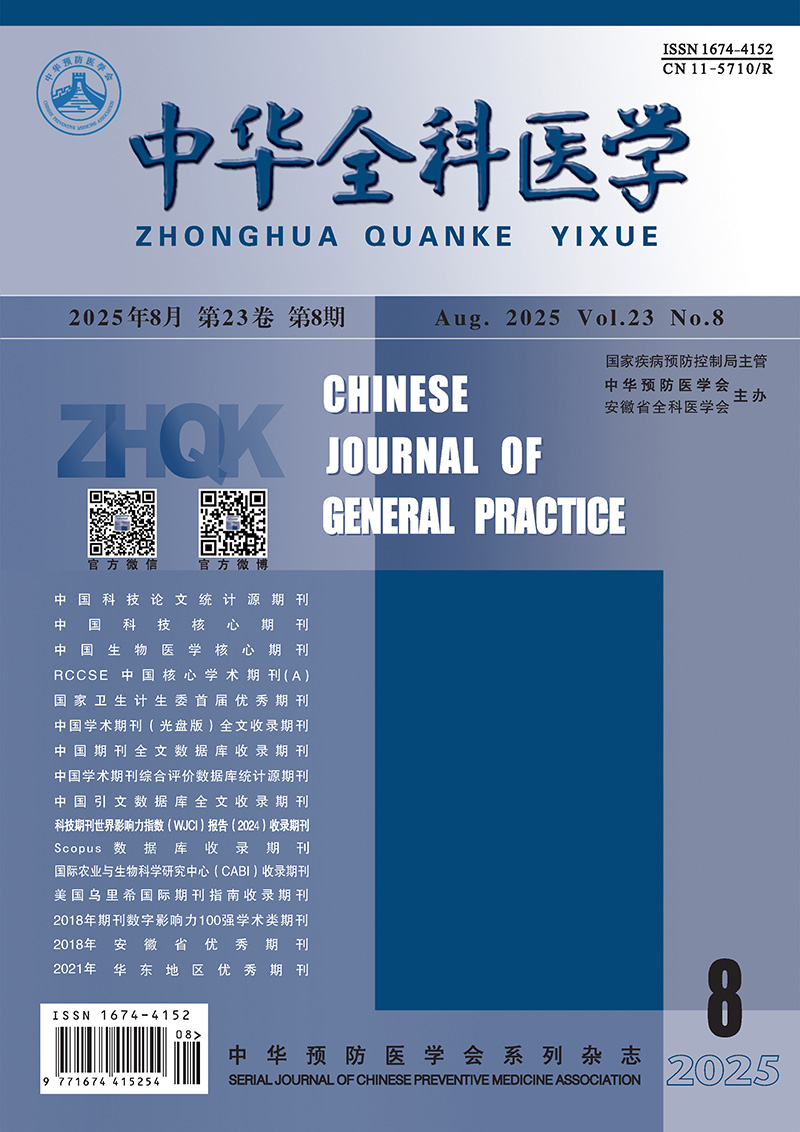Abstract:
Objective To investigate the clinical efficacy and safety of compound sulfamethoxazole (SMZco) in treating pertussis in children. Methods A retrospective analysis was conducted on 124 children diagnosed with pertussis by polymerase chain reaction (PCR) at Anhui Provincial Hospital between June 2018 and January 2022. The children were divided into two groups: the SMZco group (59 cases) and macrolide group (65 cases). The total effective rate of treatment, duration of nocturnal cough, duration of spastic cough, duration of vomiting after coughing, duration of red face during coughing, duration of hospitalization, and incidence of drug side effects were compared between the two groups. Results Among the macrolide group, 23 cases (35.38%) showed a significant effect, 12 cases (18.46%) were effective, and 30 cases (46.15%) were invalid, resulting in a total effective rate of 53.85%; In the SMZco group, 35 cases(59.32%) were effective, 16 cases (27.12%) were significantly effective, and 8 cases (13.56%) were invalid, resulting in a total effective rate of 86.44%, the effective rate of SMZco group was significantly higher than that of macrolide group (P < 0.05). The hospital stay was 8.18 (6.00, 10.00) days in the SMZco group and 9.43 (7.00, 11.00) days in the macrolide group. The SMZco group had a statistically significant shorter hospital stay than the macrolide group (P < 0.05). Compared to the macrolide group, the duration of nocturnal coughing, spasmodic coughing, and the time of facial redness during cough were significantly shorter in the SMZco group, and the differences were statistically significant (P < 0.05). The vomiting time after cough was 1.31 (0.00, 3.00) days in the SMZco group and 1.92 (0.00, 4.00) days in the macrolide group, but the difference was not statistically significant (P>0.05).The incidence of adverse digestive reactions in the SMZco group was 6 cases (10.17%), which was lower than that in the macrolide group [16 cases (24.62%)], and the incidence of rash was 10 cases (16.95%), which was higher than that in the macrolide group [2 cases (3.08%)], and the differences were statistically significant (P < 0.05). The incidence of abnormal liver function in 9 cases (15.81%) in the SMZco group was lower than that in the macrolide group in 15 cases (25.40%), and the difference was not statistically significant (P>0.05). Conclusion SMZco can effectively treat whooping cough in children, and compared with macrolides in the treatment of whooping cough in children, it can significantly improve the overall effectiveness of treatment, shorten the duration of hospitalization and clinical symptoms, and reduce the incidence of adverse reactions. Therefore, the treatment of childhood pertussis with SMZco is of great significance and deserves the attention of pediatricians.


